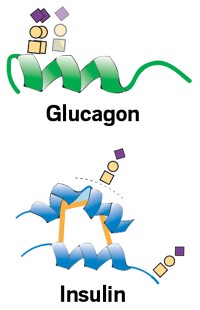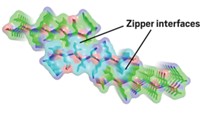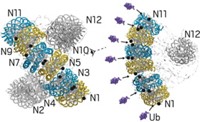Advertisement
Grab your lab coat. Let's get started
Welcome!
Welcome!
Create an account below to get 6 C&EN articles per month, receive newsletters and more - all free.
It seems this is your first time logging in online. Please enter the following information to continue.
As an ACS member you automatically get access to this site. All we need is few more details to create your reading experience.
Not you? Sign in with a different account.
Not you? Sign in with a different account.
ERROR 1
ERROR 1
ERROR 2
ERROR 2
ERROR 2
ERROR 2
ERROR 2
Password and Confirm password must match.
If you have an ACS member number, please enter it here so we can link this account to your membership. (optional)
ERROR 2
ACS values your privacy. By submitting your information, you are gaining access to C&EN and subscribing to our weekly newsletter. We use the information you provide to make your reading experience better, and we will never sell your data to third party members.
Biological Chemistry
Functional Amyloids
Contrary to their reputation for causing disease, some amyloids have biological functions, including storing and releasing hormones
by Stuart A. Borman
June 22, 2009
| A version of this story appeared in
Volume 87, Issue 25
Amyloids are cross β-sheet-rich peptide or protein aggregates normally thought of as bad actors that cause diseases such as Alzheimer's. But in the past few years, a number of amyloids with normal biological functions have been identified. Roland Riek of the Swiss Federal Institute of Technology, Zurich, and coworkers have added to the tally with the discovery of yet another functional amyloid (Science, DOI: 10.1126/science.1173155). They report that hormones produced by the endocrine system adopt amyloid-like cross β-sheet-rich conformations when they are stored in granules in the Golgi complex of cells. The fibrils formed by the hormones are capable of disassembling to release hormone molecules when they are needed. Riek and coworkers note that "the presence of many functional amyloids in the body, together with the apparent tight link between functional and disease-associated amyloids in their processing, biophysical, and biochemical properties, require a rethinking of the relationship between aggregation and function of polypeptides, and the correlation between amyloid aggregation and toxicity."





Join the conversation
Contact the reporter
Submit a Letter to the Editor for publication
Engage with us on Twitter